Last Updated on June 4, 2020 by Nick
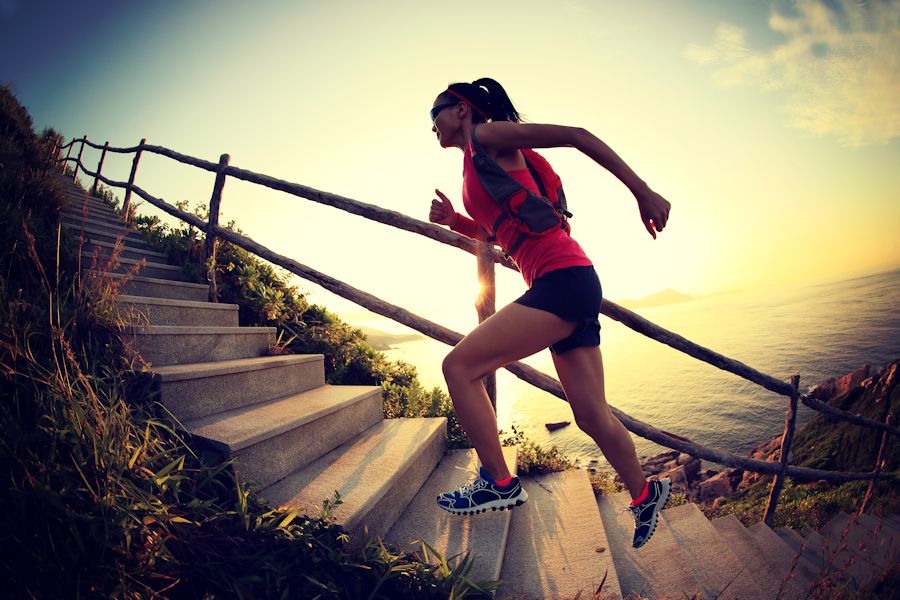
Fitness woman running up stairs
If you want to become a faster, more efficient runner, consider cross training with stairs. Using gravity to provide resistance, you can strengthen your lower body while getting low impact cardio. You can use the stair climber in the gym, outdoor stairs, or the staircase in your house or office building.
Here are nine stair workouts that will improve your running form and performance:
Contents
- 1 1. Slow and Steady (Aerobic Base Steps for Muscle Fiber Activation )
- 2 2. Intense Intervals (Anaerobic Base to Run Faster)
- 3 3. Leg Lifts (Glute Strengthening Workout)
- 4 4. Double Steps (For Stronger Hamstrings and Calves)
- 5 5. Crossover Steps (Build Stronger Hips for Better Running)
- 6 6. Walking Backward (Boost your Quadriceps and Leg Power)
- 7 7. Full Body Circuit Workout (Strengthen Your Legs, Arms, Abs, and Butt)
- 8 8. Outside Stair Sprints (Preparing for Hill Running and Metabolism Blast)
- 9 9. Staircase Steps and Jumps (Explosive Strength and Speed for Sprinters)
- 10 Final Thoughts
1. Slow and Steady (Aerobic Base Steps for Muscle Fiber Activation )
For this workout, go at a slow pace the entire time. If you’re feeling tired, burned out, or not seeing progress in your pace, it is time to focus on increasing your aerobic base. This is especially helpful during the beginning of a race training cycle.
These slow workouts will eventually lead to PR’s because you’ll be able to run longer and more efficiently before kicking it into high gear. You’ll also become leaner because you burn more fat when exercising at a lower heart rate.
The stair climber also has the added benefit of strength training. You’ll work your glutes, quads, and hamstrings. To determine how slow you should go, subtract your age from 180.
This is your target heart rate, so adjust the level on the stair climber to keep you from going over your maximum.
2. Intense Intervals (Anaerobic Base to Run Faster)
This intense workout will help you build your anaerobic base. If you have a long or difficult race coming up, anaerobic training will help you run faster for longer. This will increase your VO2 max, which means your body can take in more oxygen and convert it to energy quicker.
Begin with a 10 minute warm up and then follow this pattern.
- Intense Sprint – 1 minute
- Slow Pace (Recovery) – 1 minute
- Intense Sprint – 2 minutes
- Slow Pace (Recovery) – 2 minutes
Continue working your way up to 5 minutes of sprint with 5 minutes of recovery. Then go back down, by doing four minutes of intensity followed by 4 minutes of recovery, until you get back to one minute each. This workout should only be done 1 or 2 times a week when you’re fully rested and ready to give it your all.
3. Leg Lifts (Glute Strengthening Workout)
Leg lifts work your glutes. If you feel like your form might be a problem or if you keep getting injured, chances are you need to strengthen your glute muscles.
Weak glute muscles can lead to injuries like IT band syndrome and patellofemoral syndrome (runner’s knee).
To do a leg lift, step up with one leg and pause while you kick back the opposite leg. Be sure to hold on to the rail as you do this. When you step up with your next leg, kick back the opposite leg. If you feel like you can’t keep your balance, go slower.
The point is to work your glutes, not win a race.
If you aren’t very flexible, that’s okay. Kicking back just a little will still work your glutes. Make sure your leg stays straight and that you aren’t arching your back.
4. Double Steps (For Stronger Hamstrings and Calves)
Double steps will work your glutes, hamstrings, and calves. Hamstrings are used to flex your knees and extend your hips. Runners often have stronger quads than hamstrings from running so frequently.
Targeting your hamstrings will help even out the muscle imbalance, which will make you more efficient and less injury prone.
To do this exercise, skip a stair as you step up, beginning with the right leg and alternate with the left. You can begin by holding onto the rails, but once you become comfortable, pump your arms to make it harder. Make sure you are paying attention to your footing so that you don’t slip.
As you stand up, push through your heel to activate your glutes and for a bonus calf extension. Repeat for 10-20 reps.
5. Crossover Steps (Build Stronger Hips for Better Running)
This is another glute burner that also works your hips. Hip weakness is common because most people sit at a desk for most of the day. Weak hips are a common source of injury for runners.
Running can compound the problem because the tight, weak muscles are then overworked. By strengthening the hips, you can help prevent IT band syndrome, runner’s knee, shin splints, and even plantar fasciitis.
Slow down the machine when you begin. Turn to the right and hold onto the rail. Cross your right leg over your left leg to the above step.
Do this for 10-20 reps. Then turn to the opposite side and repeat with your left leg crossing over the right. Once you feel comfortable, take it up a notch by adding in a squat as you cross over, giving your glutes and quads extra work.
6. Walking Backward (Boost your Quadriceps and Leg Power)
Walking backwards on the step climber will work your quadriceps, hamstrings, and calves. Begin by slowing down the machine. Hold onto the railings but don’t lean on them.
You shouldn’t lean on the rails anytime you are on the stair climber, no matter how tempting it may be. As you hold on, slowly turn yourself around so you are facing away from the machine. Climb this way for 10 minutes before turning back around.
Alternate between forward and backward climbing.
You can also rotate in the previous steps listed for a full lower body workout.
- Walk forward – 1 minute
- Walk sideways (right side) – 1 minute
- Walk backward – 1 minute
- Walk sideways (left side) – 1 minute
Repeat five times.
7. Full Body Circuit Workout (Strengthen Your Legs, Arms, Abs, and Butt)
You can also use the stair climber in conjunction with other exercises for a full body workout. Begin by warming up on the stair climber or you can do something dynamic like jumping jacks or jogging in place.
Then follow this circuit:
- One minute hard on stair climber
- 15 push ups
- One minute hard on stair climber
- 30 sit ups or crunches
- One minute hard on stair climber
- 1-minute plank
- One minute hard on stair climber
- 15 Squats
- One minute hard on stair climber
- 15 Bicep curls (with weights or resistance bands)
Repeat 2-3 times with a one minute break between each round. You can customize this circuit to meet your needs. Add in more upper body work if you feel like you need it, or cut the squats if your lower body is feeling overworked.
8. Outside Stair Sprints (Preparing for Hill Running and Metabolism Blast)
If you don’t want to hit the gym, you can use any staircase for cardio and lower body work. Running up stairs will get you the same benefits as the stair climber.
For a quick speed workout, sprint up a set of stairs 4-6 times.
Recover by walking back down. You can add this on to the end of a run or strength training session to burn extra fat and boost your metabolism.
9. Staircase Steps and Jumps (Explosive Strength and Speed for Sprinters)
Instead of running up stairs, you can combine different steps and jumps as you ascend. Squat jumps will work your glutes and give you a plyometric workout. This will work the fast twitch fibers in your muscles, which make you quicker on your feet.
To begin, squat down low with your butt pushed out. Use your arms to help propel you as you jump up onto the next step. For added difficulty, try not to come out of the squat.
Go up the entire stair case this way and walk back down to recover.
You can then follow the rest of this circuit:
- Squat Jumps Up
- Walk Down (recovery)
- Side Steps Up (facing the same direction all the way up)
- Walk Down (recovery)
- Double Steps Up
- Walk Down (recovery)
- Side Steps up (facing opposite direction)
- Walk Down (recovery)
Repeat this circuit 3 to 5 times.
Final Thoughts
Climbing stairs enhances your running skills. You will build strength, which will improve your form, make you faster, and keep you from getting injured. You can also get extra cardio without beating up your body by pounding the pavement.
Slower work will build your aerobic base and intense work will help you anaerobically. If you add in these exercise 1 – 2 times a week, you’ll start to see an improvement in your recovery and running times.
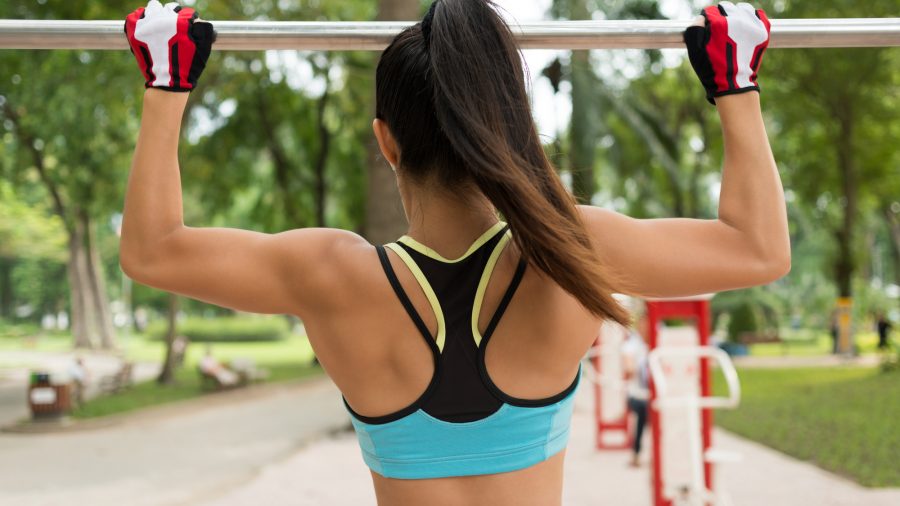
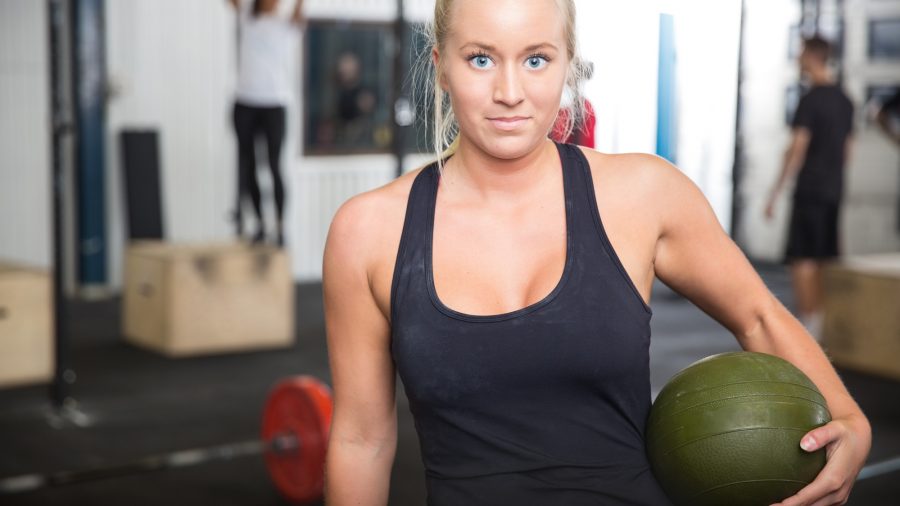
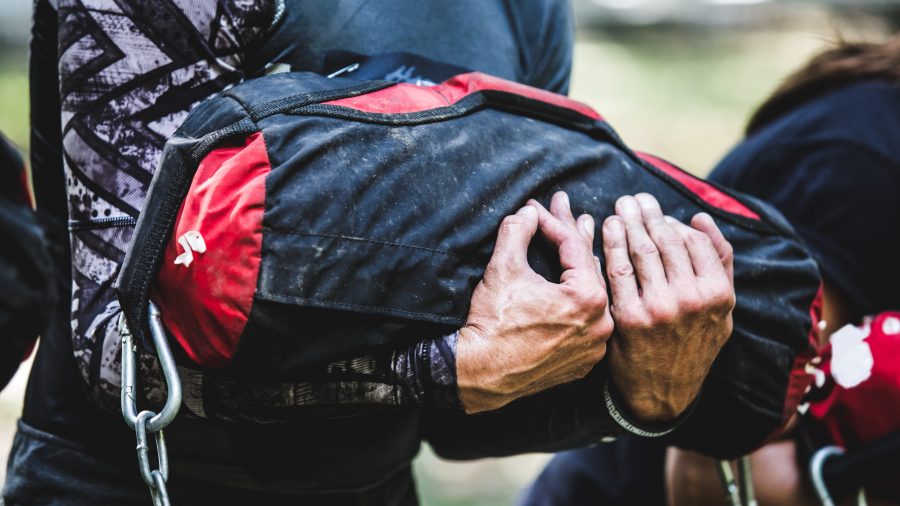

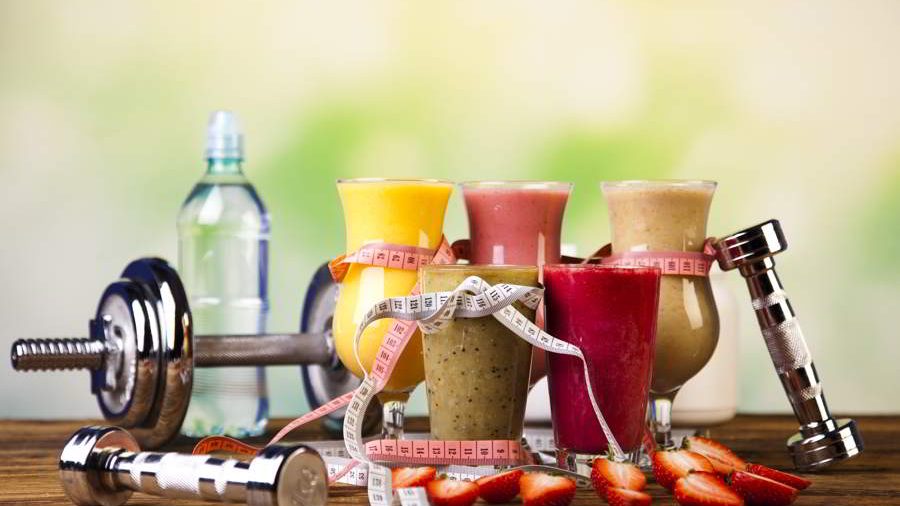
Stair workouts are great for runners it builds lower body muscle mass, increases stamina and energy and build and tone muscle. Amazing list of workouts you have there will definitely add all of this to my workout routine.
As a runner this stair workouts are very helpful, I notice an improvement on my running speed and pace. Great blog, nice post.
Amazing list of stair workouts for runners, nice content, good read and informative.